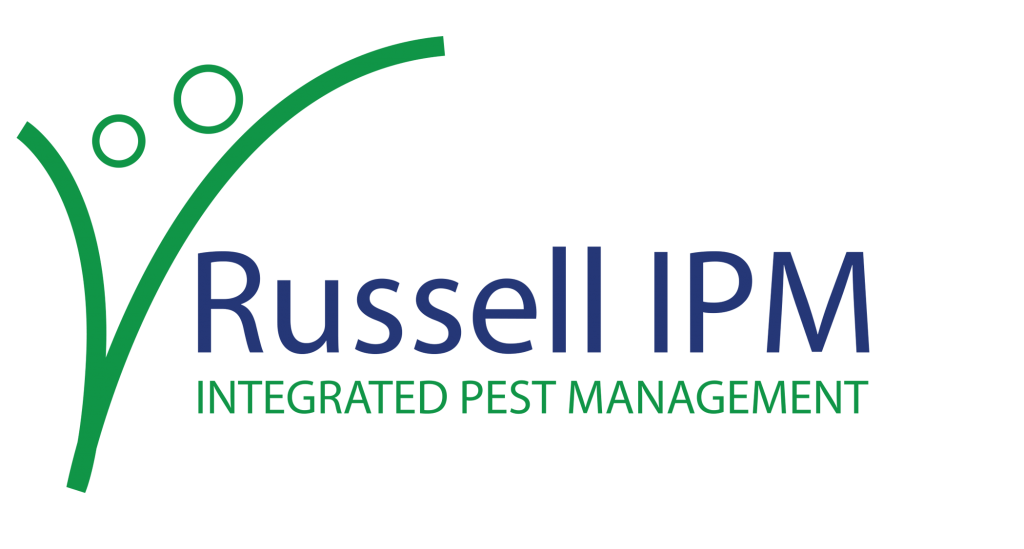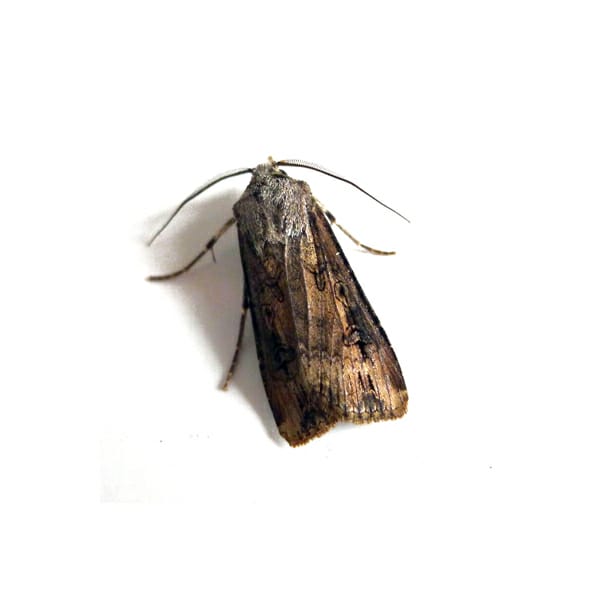Black Cutworm, Agrotis ipsilon
The Black cutworm, Agrotis ipsilon attacks the seedlings of most horticultural crops.
It has wide host range such as beans, broccoli, cabbage, carrot, Chinese broccoli, Chinese cabbage, Chinese spinach, corn, egg plant, flowering white cabbage, green beans, head cabbage, lettuce, mustard cabbage, potato, spinach, sugarcane, sweet potato, tomato, turnip, as well as many other plants.
It is widely distributed throughout Europe, North America, South America and Mediterranean region.
Russell IPM manufactures and supplies pheromone lures, traps and complete monitoring systems for the Black cutworm, Agrotis ipsilon. Pheromone trap data gives early warning of the infestation and also exhibits the density of the insect population.


